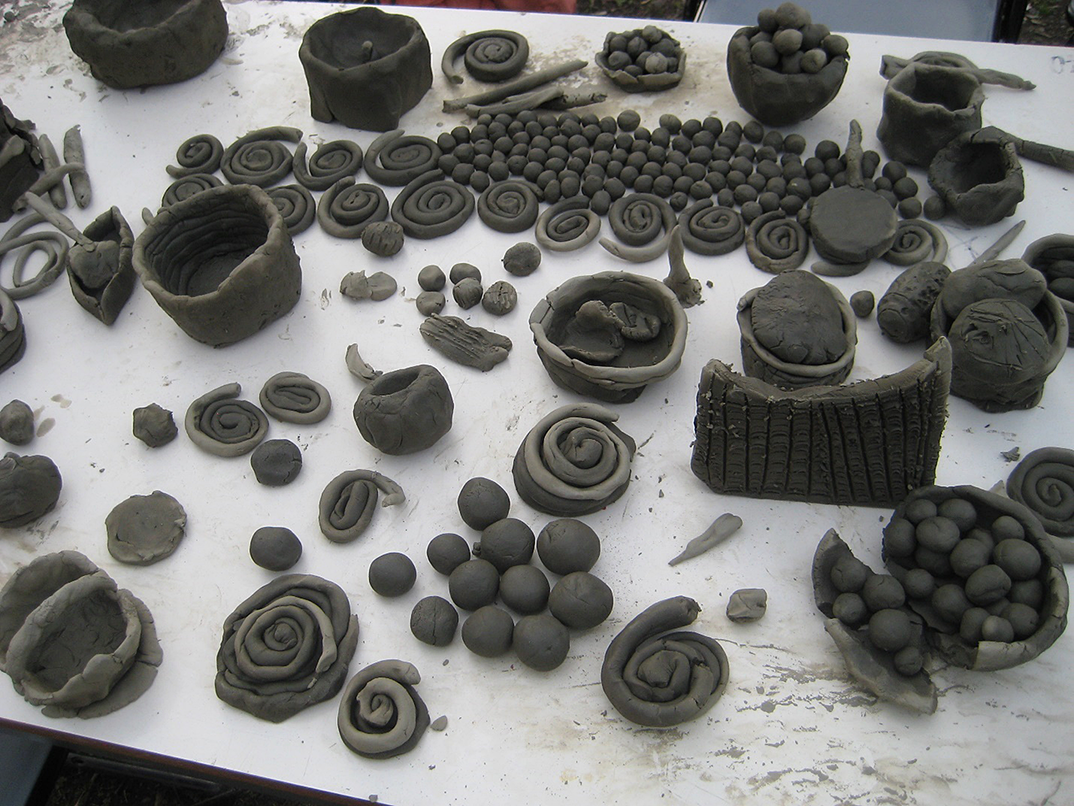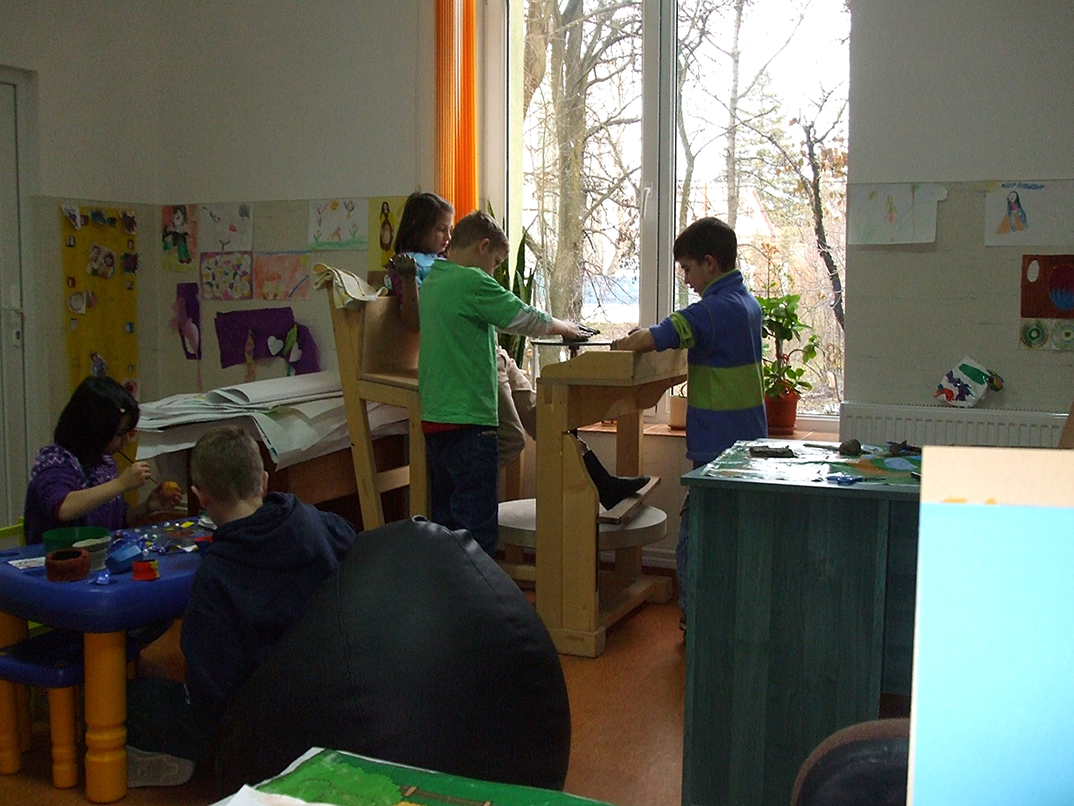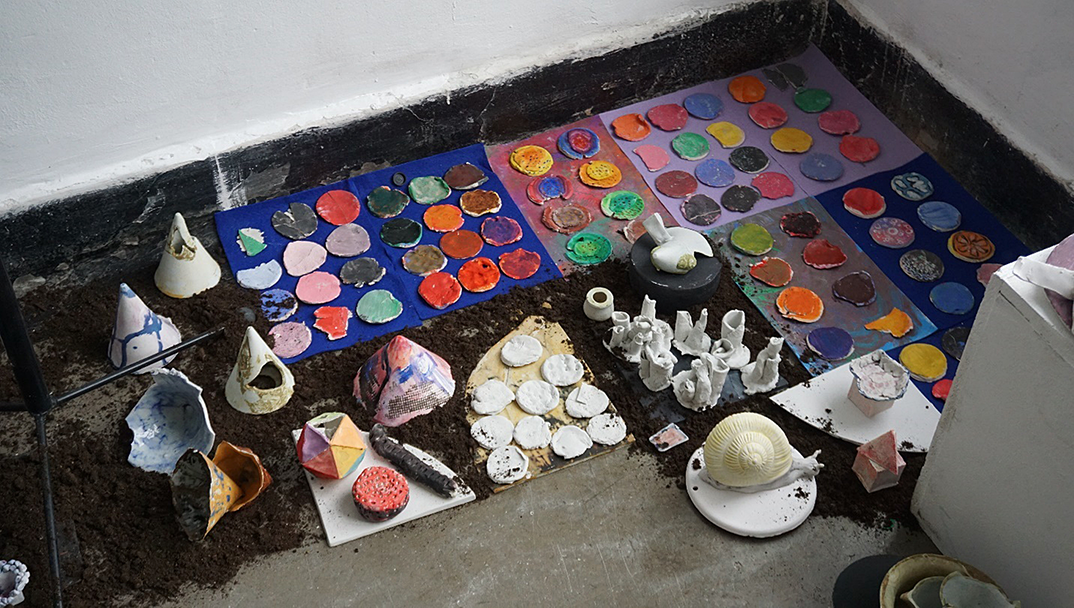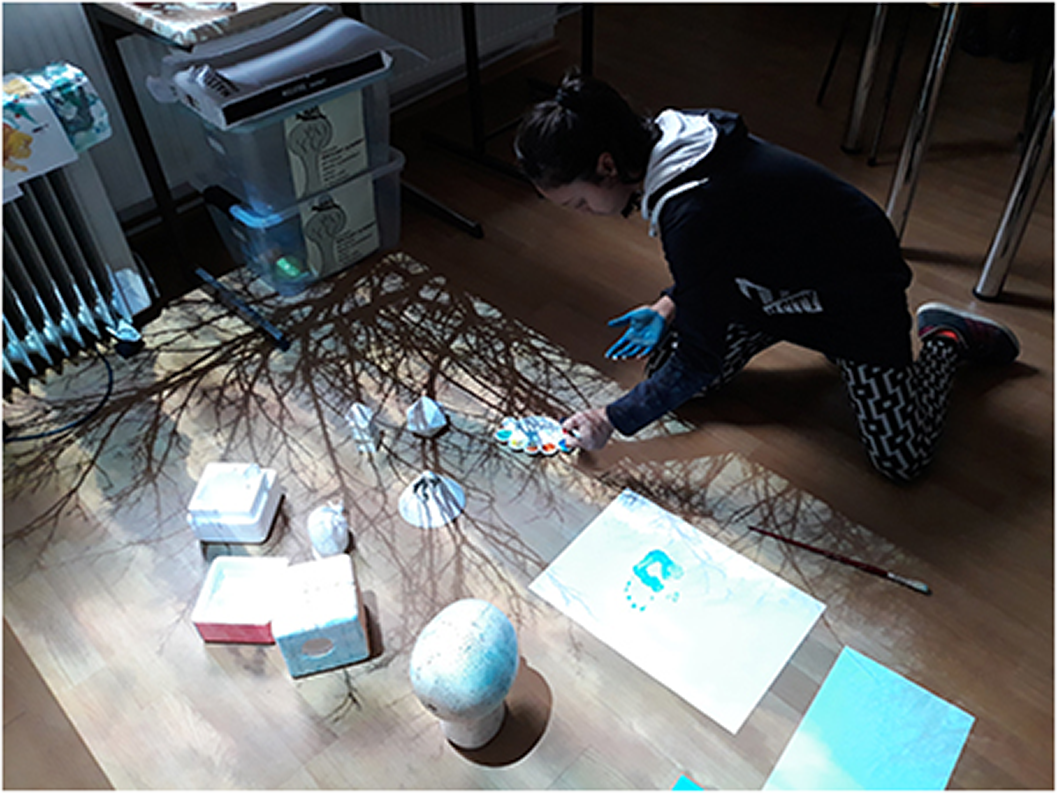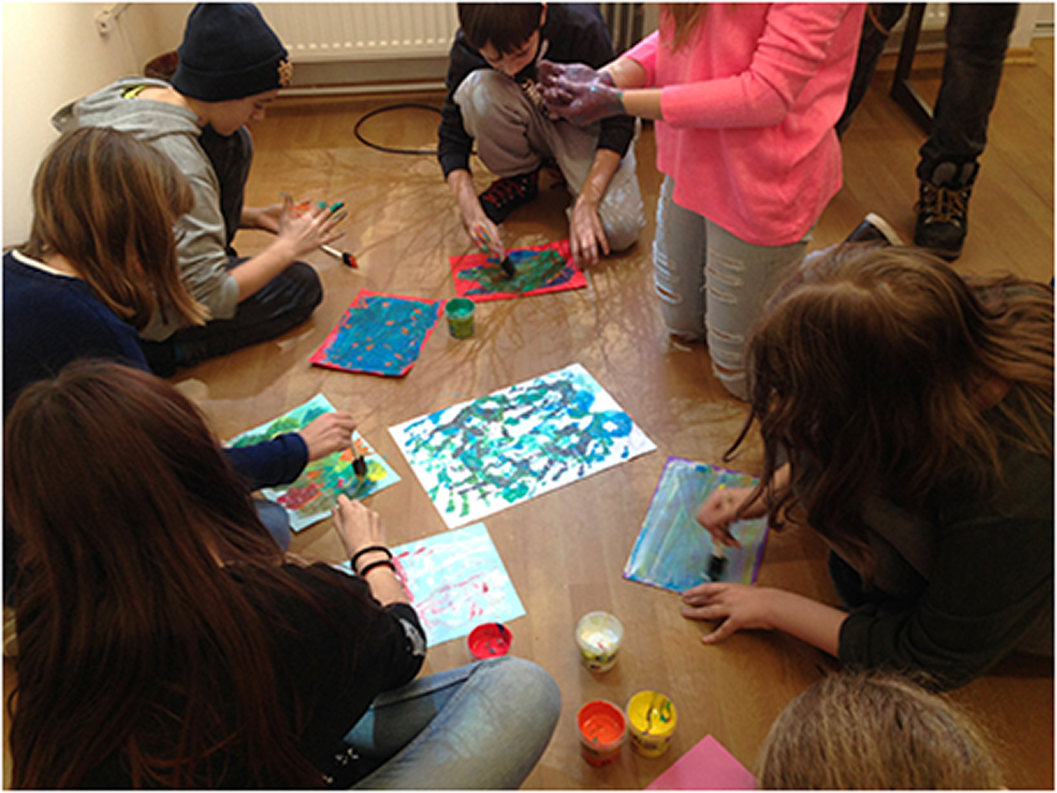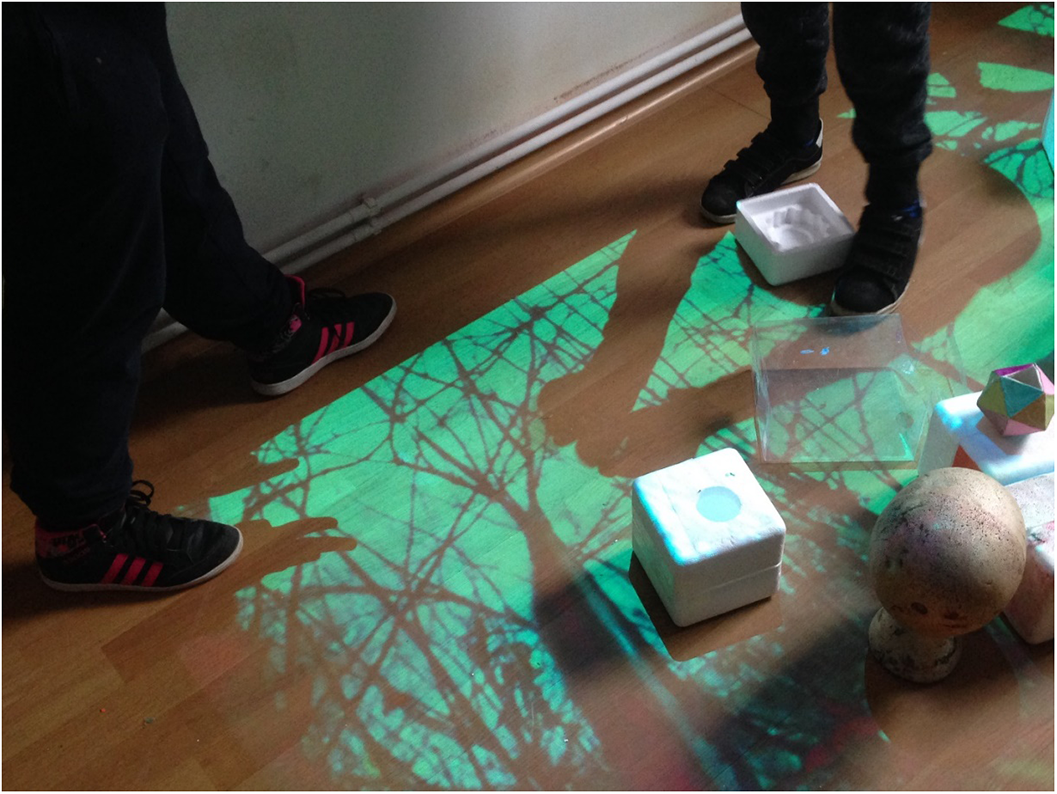Refine search
Actions for selected content:
3 results
Con?icted Identities and Art Therapy: Practices and Case Studies in Kolozsvar/Cluj-Napoca, Romania
-
- Journal:
- European Psychiatry / Volume 65 / Issue S1 / June 2022
- Published online by Cambridge University Press:
- 01 September 2022, pp. S549-S550
-
- Article
-
- You have access
- Open access
- Export citation
Implementing new digital options in education/ occupational/ play/ art therapy as tools for self-knowledge, self-managements, self-esteem
-
- Journal:
- European Psychiatry / Volume 64 / Issue S1 / April 2021
- Published online by Cambridge University Press:
- 13 August 2021, pp. S681-S682
-
- Article
-
- You have access
- Open access
- Export citation
Implementing new digital options in education/ occupational/ play/ art therapy as tools for self-knowledge, self-managements, self-esteem
-
- Journal:
- European Psychiatry / Volume 64 / Issue S1 / April 2021
- Published online by Cambridge University Press:
- 13 August 2021, pp. S680-S681
-
- Article
-
- You have access
- Open access
- Export citation
